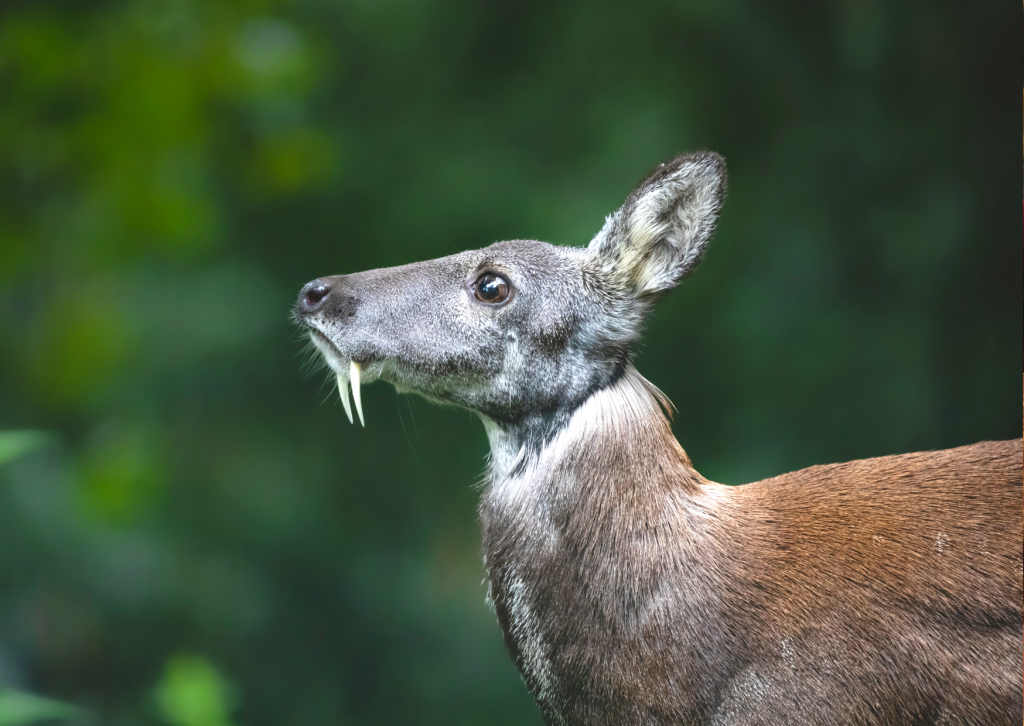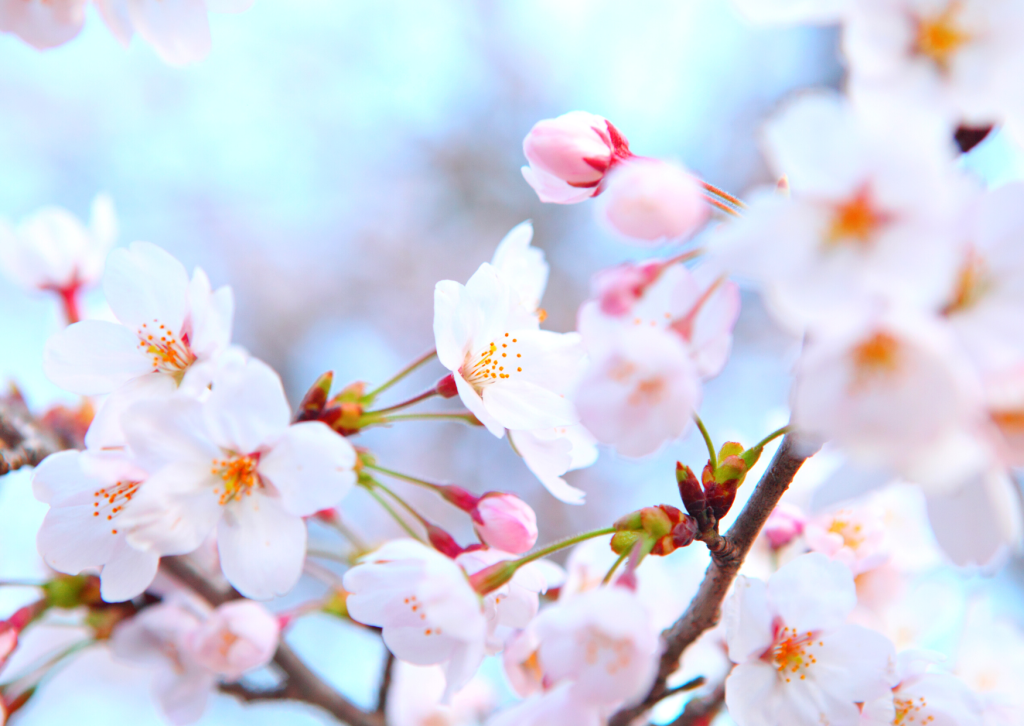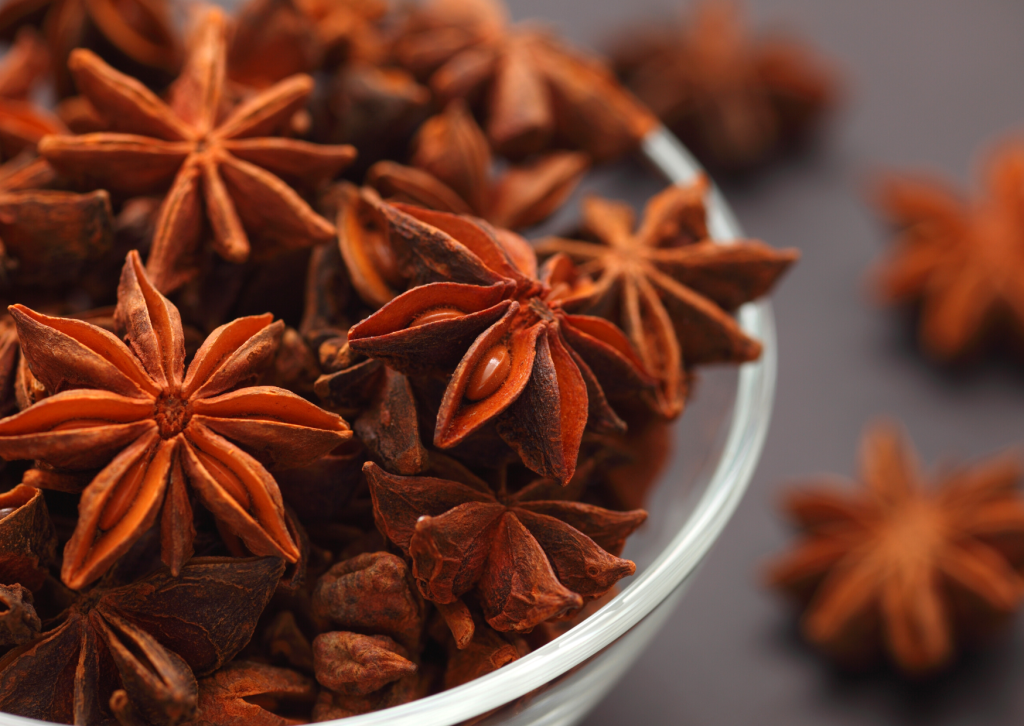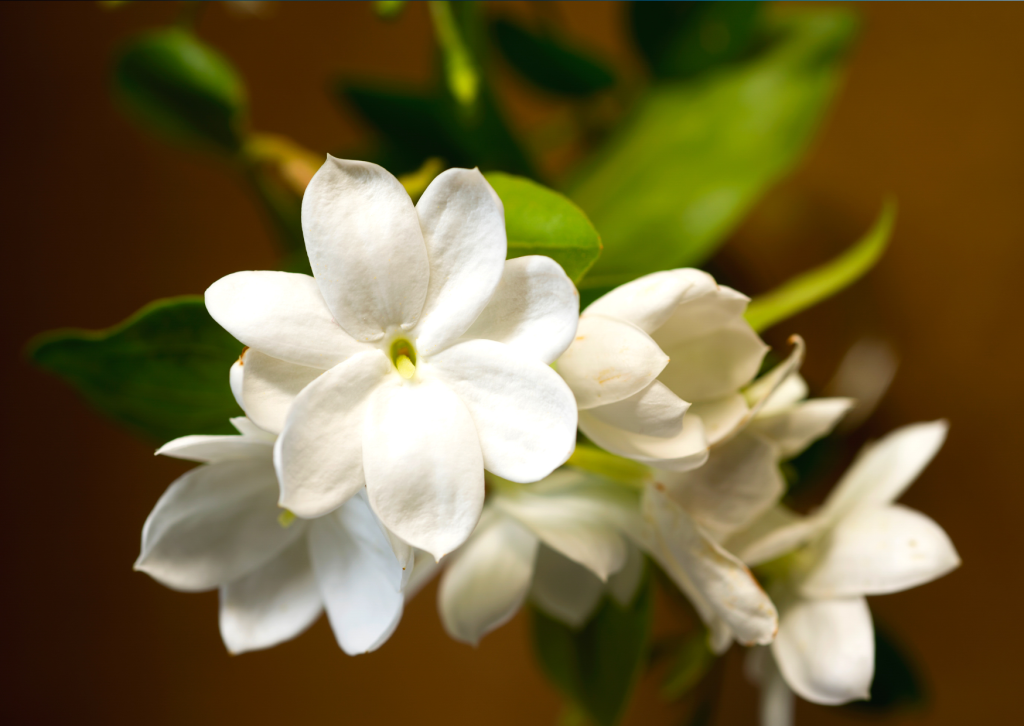The Beguiling Scents and Aromas of Asia
Scent is uniquely powerful. A scent can take you back in time, reveal long forgotten memories, energize you or put your mind at ease. Powerful indeed, scents can work wonders in so many ways.
Home to diverse olfactory cultures, Asia is transnationally connected in scent through histories of economic exchange via the old silk road and other ancient trade routes, through the diffusion of dharmic traditions and scientific knowledge, and through legacies of colonialization and their associated and varied cultures and social mores.
The raw materials of natural perfumery in Asia (in fact, all around the world) come from a rich variety of aromatic things that are found in nature and possess unique aromatic qualities. Bark, leaves, twigs, fruit, roots, flowers, and seeds of plants. Fungi, mushroom, seaweed and even sourced from animals, the origins of many of our favourite scents are often surprising.
In this edition, we propose to take you on a scented tour of Asia to discover the traditions and raw materials behind some of Asia’s most beguiling scents. All these scents perfume ancestral rituals, infuse places of life and worship, and renew themselves to imprint upon new generations connecting them to their heritage and their past. Between tradition and modernity, the evocative scents of Asia will live on in the noses and nostalgia of generations to come.
Sandalwood
Sri Lanka and Indonesia
A native of East India, Ceylon and Indonesia, sandalwood is today becoming increasingly rare, it is one of the world’s endangered scents. While sandalwood can also be found in other regions, white sandalwood comes exclusively from a tree found in Sri Lanka and Indonesia. In India, the cities of Bangalore and Mysore (Mysuru) are famous for their sandalwood-related craftsmanship, both in the carving of divine statuettes and in the making of scented compositions.
Known and used for thousands of years, sandalwood is an essential component for ceremonial incense used in religious rites, particularly in the Hindu and Buddhist religions. In perfumery, the wood and roots of the sandalwood tree are distilled to deliver the essence of sandalwood. The aroma is instantly exotic, smoky, waxy, warmly woody. Its scent is said to improve the olfactory power of a fragrance and has been described as sensual, and even milky and velvety. One thing is for sure, once smelled, never forgotten.
Tonkin Musk
Vietnam
One of the world’s most enduring fragrances, musk has been used as a scent for more than 5000years. The fragrance is as enigmatic as its history, described in a myriad of ways, musk’s scent is at once earthy and woody, pungent and intoxicating, a very powerful and sexy scent. Originally derived directly from musk-deer, today the species is protected, and Tonkin musk is reproduced through the use of essential oils. Musk was once however obtained from the secretions of a gland of the musk-deer. The most powerful musk, and also the most renowned, was musk from Tonkin’s musk-deer. This species lives in Tonkin, the mountainous north of Vietnam where 1000years ago, the ancient city of Hoa Lu was the capital city of Vietnam and revered as the home of Tonkin Musk. Used in religious settings, ancient people also saw Tonkin musk as an aphrodisiac, imbued with a seductive power that lead to its wide use within fragrances for the body, perfumes.
Ylang-Ylang
The Philippines
It was around 1860, in the capital city of the Philippines, Manila, that the first ylang ylang flowers were distilled. Today, cultivation has greatly intensified, and the tree has gradually been introduced across the pacific islands. A native tree to Southeast Asia, ylang-ylang flowers have been used by Filipinos since the dawn of time. The ylang-ylang flowers are harvested every week, first thing in the morning. They are then steamed and distilled. Made into ‘boori-boori’, a kind of ointment that mixes these fragrant flowers with coconut oil, it has long been used as a sunscreen to protect the skin, and hair. Historically it has also been used as a barrier cream, applied directly on the skin during the rainy season to protect against diseases and infections. Today, we also find ylang-ylang in many perfumes and to add an attractive fragrance to soaps, creams and lotions. The fragrance of ylang-ylang is floral, with a notes of banana and a custardy sweetness.
Sakura
Japan
The unofficial national flower of Japan, sakura, or cherry blossom, is celebrated every year at an event that now attracts tourists from all over the world for its breathtaking beauty. It is in spring, and more precisely during the first week of April, that the Hanami festival celebrates the blossoming of the sakura. In addition to its beauty and symbolism, sakura also gives off a scent that Japanese women love. Very sweet and feminine, cherry blossoms are a far cry from the sweet smells of summer fruits. The petals release a fruity yet slightly bitter scent. These beautiful trees embellish the landscape with shades of pink, white and red, truly a photographer’s paradise during the blossoming season. Symbolically, Sakura is said to represent optimism in a time of renewal.
Clove Bud
Sri Lanka
Rich in eugenol, clove buds are an important spice in perfumery just as much as they are in the kitchen and in the traditional dispensary. Clove oil is rich in therapeutic uses, from topical applications to improve dental health thanks to its anti-inflammatory properties, clove oil has historically been used for easing digestive problems, as a pain reliever, and to ease upper respiratory conditions and as an expectorant.
Offering a sweet spicy flavour, cloves are also great in the kitchen. Used in pickling mixes, flavouring stews and curries, and even added to beverages such as India’s wonderfully rich and aromatic chai tea.
Clove oil’s fragrance has a pungent, warm, and spicy note and is often found as a middle note in perfumes, especially so in oriental fragrances.
Star Anise
Vietnam
Star Anise is the star-shaped dried fruit of a Southeast Asian evergreen tree. It has long been used for medicine and food ingredients. It is sweeter and with a more prominent licorice note than aniseed and is widely used in many dishes from Indian, Malay, Indonesian, and Chinese cuisines. It is also one of the ingredients in the traditional five spice blend used in Chinese cooking.
In medicine, star anise is used to alleviate respiratory tract infections, coughs and colds. And is also used to ease digestive problems.
Star Anise’s fragrance is floral-sweet, with spicy warm notes of licorice over a woody undertone.
Vetiver
Indonesia
Also known as khus oil, vetiver essential oil is extracted from the vetiver plant, a clumpy, green grass that can grow five feet high or more. The fragrance could be described as earthy and perhaps a tad smoky, woody and quite musky.
In Indonesia, the roots of vetiver are widely used in the production of fragrant mats. And in the Philippines and India, the roots are woven to make fragrant-smelling fans called sandal root fans.
Although not as well-known as other oils for aromatherapy, vetiver has proven to be a promising therapeutic ingredient. In recent studies, it has been shown that inhaling vetiver oil improves alertness and concentration and was also shown to have helped in improving sleep breathing patterns.
Jasmine Sambac
China, Japan, India
A famous flower that only blooms at night, jasmine has a pleasing, feminine, and romantic aroma. Ayurvedic medicine has long championed its relaxing and aphrodisiac qualities. When inhaled, jasmine oil affects the brain activity, to make one feel positive, energetic and romantic. You can also use this oil to simply add a sweet floral fragrance to your surroundings.
While Jasmine Sambac has been known and appreciated in Southeast Asia and the Middle East for centuries, especially for the manufacture of attars (oily perfumes without alcohol), it only started to become popular in western fragrances 40 years ago.
In China and Japan, jasmine has been consumed as a tea and infusion for thousands of years. In India, it plays a central role in traditions and ceremonies, so much so that 90% of its production is dedicated to providing jasmine for this very purpose. Every day, countless garlands of Sambac Jasmine called ‘gajra’ are made to decorate and perfume women’s hair, and as offerings for religious rites.
It’s not just where you want to go, but how you want to travel; not just what you want to see, but how you want to experience. Here at Secret Retreats our professional team of concierges and our local teams in each destination are here to support you from the moment of booking and throughout your journey with us.
Contact the Secret Retreats Concierges today on dream@secret-retreats.com









